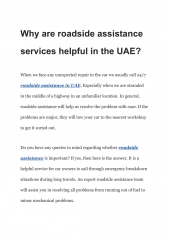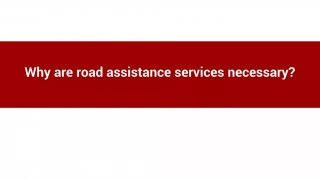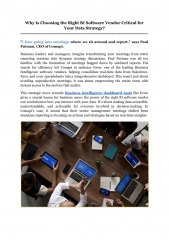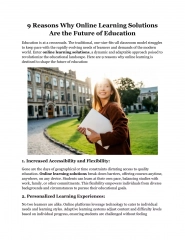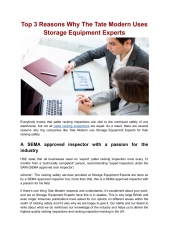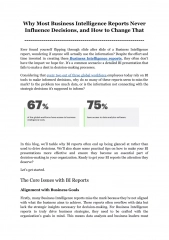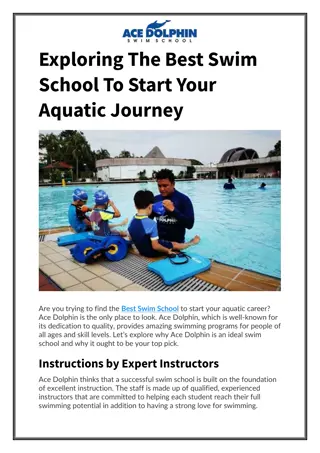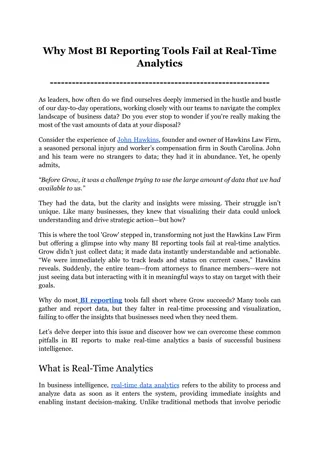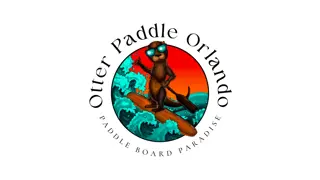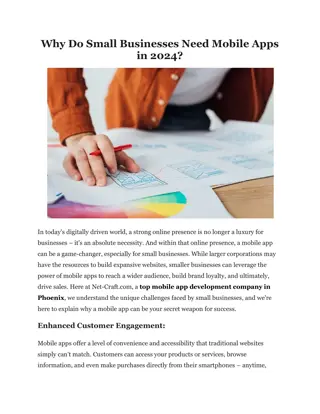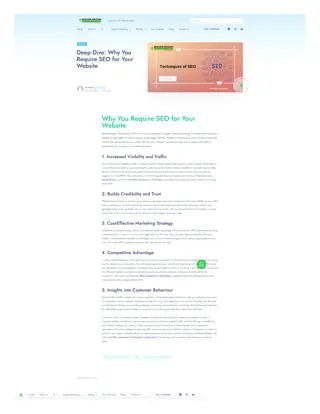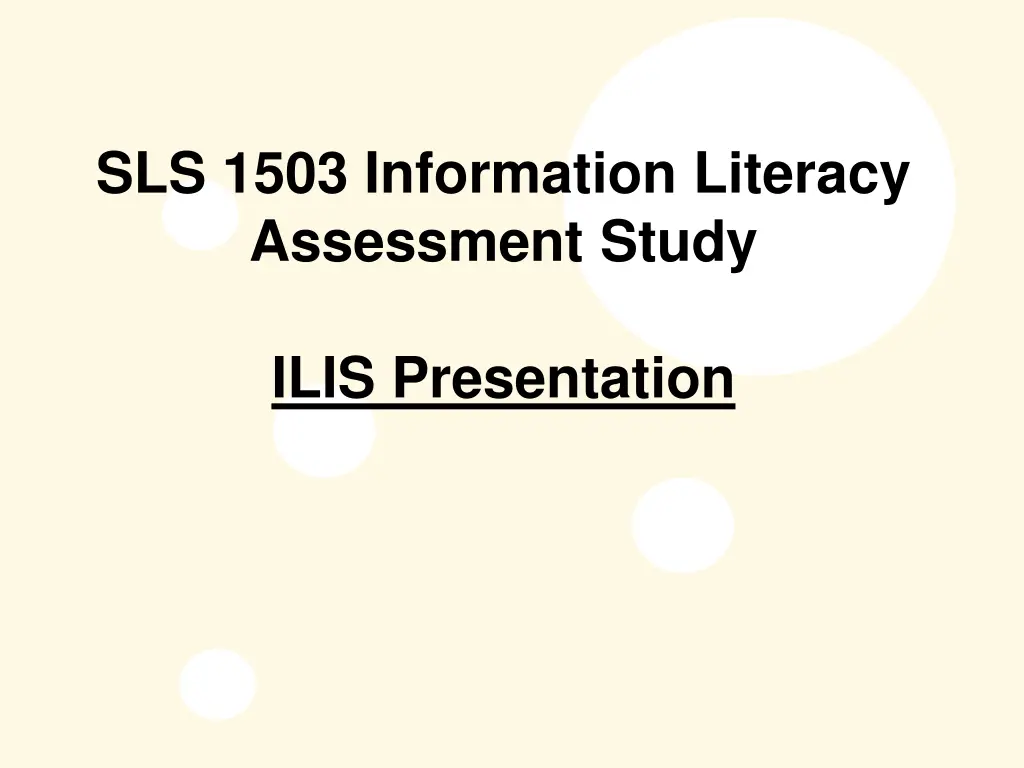
Understanding Student Learning Outcomes in Information Literacy Assessment Study
Explore the information literacy assessment study conducted on SLS students, analyzing pretest and post-test results, factors influencing outcomes, lessons learned, and recommendations for improving library instruction.
Download Presentation

Please find below an Image/Link to download the presentation.
The content on the website is provided AS IS for your information and personal use only. It may not be sold, licensed, or shared on other websites without obtaining consent from the author. If you encounter any issues during the download, it is possible that the publisher has removed the file from their server.
You are allowed to download the files provided on this website for personal or commercial use, subject to the condition that they are used lawfully. All files are the property of their respective owners.
The content on the website is provided AS IS for your information and personal use only. It may not be sold, licensed, or shared on other websites without obtaining consent from the author.
E N D
Presentation Transcript
SLS 1503 Information Literacy Assessment Study ILIS Presentation
Methodology A 15-item multiple choice survey was created. 22 classes participated in study (40% of all SLS classes for fall 2009). Pretest-post-test study design was used. Pretest surveys were given to students in 21 SLS classes prior to library instruction. Library instruction was a 50 minute one- time session. Post-test surveys were given to students in 22 SLS classes at end of semester.
Data Input and Analysis Correct and incorrect responses for pretest and post-test surveys were entered into an Excel spreadsheet. Mean and median for correct responses were calculated in Excel, along with minimum and maximum number.
Results Mean score was 9.46 for pretests and 10.10 for post-tests out of 15 possible correct responses, which is about a 6% improvement. Maximum number of correct responses for pretests and post-tests was 14. Minimum number of correct responses for pretests was 2 and increased to 3 for post- tests. SLS students who were surveyed did better on the pretests than expected.
SURVEY QUESTION TOTALS FOR PRE-TEST AND POST-TEST 400 350 300 Number of correct answers 250 200 150 100 50 0 Q1 298 291 Q2 335 317 Q3 106 171 Q4 104 102 Q5 329 316 Q6 170 191 Q7 158 183 Q8 205 196 Q9 246 263 Q10 268 271 Q11 252 246 Q12 10 17 Q13 325 306 Q14 138 134 Q15 281 287 PRETESTS POST-TEST
What have we learned? Some factors that may influence student learning outcomes: Prior library knowledge of students. Prior library instruction by classroom instructors. Required knowledge of library skills to complete assignments. Motivation and management of students by classroom instructor Library assignment tied to a session.
Recommendations 1. Evaluate relative importance of each question in SLS survey to determine a core competency list for all SLS classes and compare with existing template to be sure that it will conform to ACRL s information literacy competency standards. 2. Ensure that each librarian teaching an SLS class will cover the list of core competencies.
Recommendations (con.) 3. Reassess student information literacy skills in a subject specific area (e.g. business, nursing) as follows: Use a control and non-control group. Use a revised survey instrument. Conduct instruction using a core competency template, taught in more than one session with one instructor. Control for as many variables as possible.
Recommendations (con.) 4. Promote collaboration between the classroom instructor and librarian, by determining goals and needs of instructor for the class. 5. Assess faculty needs for library instruction by interviewing a small sample of professors, as an exploratory study.
Recommendations (con.) 6. Continue to assess the Library s information literacy program as follows: Measure satisfaction of students and instructors/professors with library sessions. Create a survey in InformsUS to be accessed via a trigger question in LibSAT, which will be launched again in fall 2010.
Are we there yet? 1. Began with student satisfaction survey. 2. Assessed information literacy skills of students in SLS 1503 classes, not controlling for instruction variable. 3. Assessed information literacy skills of students in ENC 1102 classes with an embedded librarian and some controlling for instruction variable. 4. Assess information literacy skills of students in subject specific classes with embedded librarian and manipulating the instruction variable.




